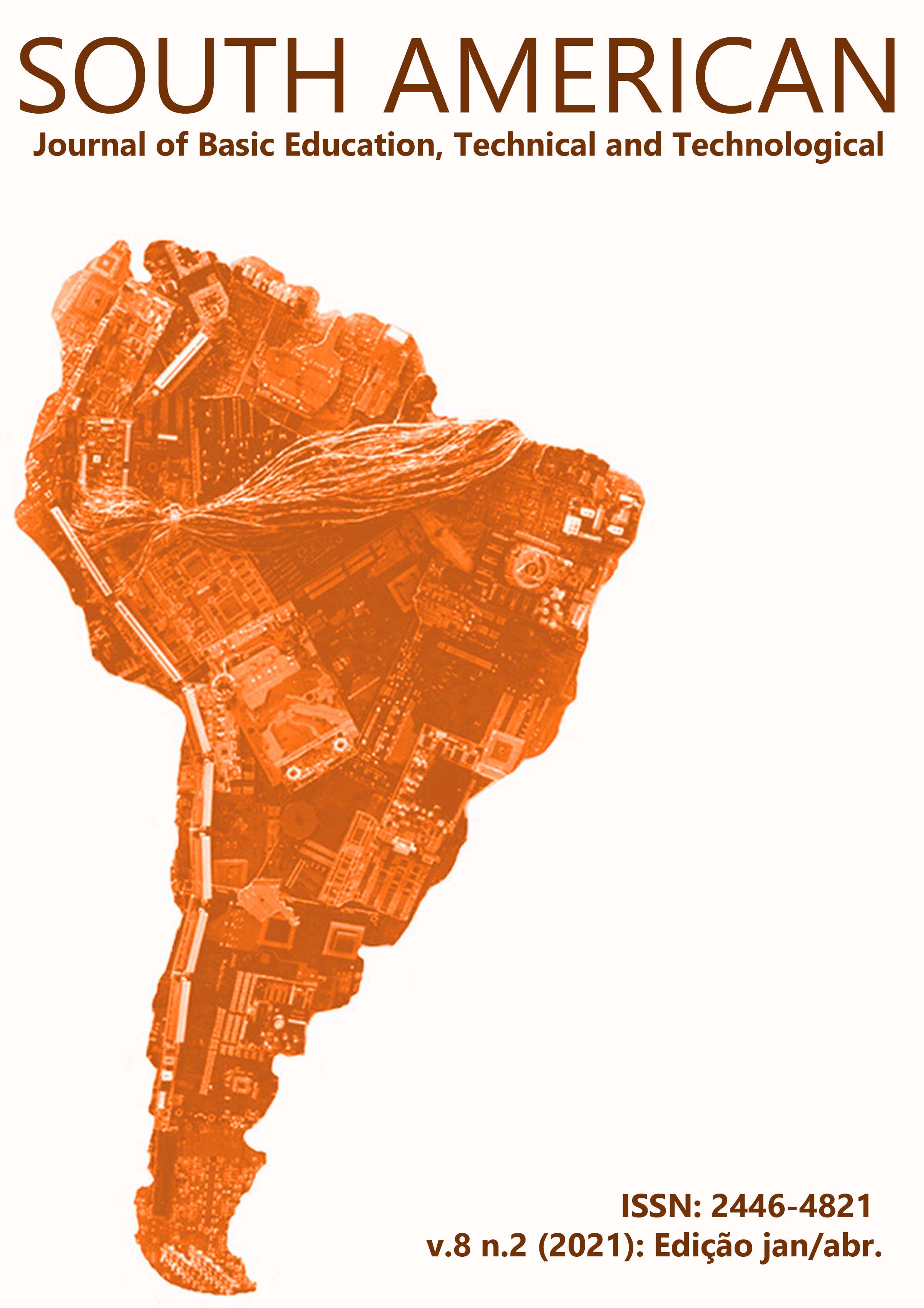PROBABILISTIC ANALYSIS OF STEEL PILES USING FORM: CASE STUDY
Keywords:
Structural reliability, FORM, FoundationsAbstract
This study proposes a probabilistic assessment on the design of steel pile foundations, based on data of a residential condominium located in Aracaju, Sergipe. The verification was based on normative recommendations on Ultimate Limit State related to foundations and steel structures. The random variables analyzed are related to the cross-sectional geometry, to material parameters as the yield strength and the elastic modulus, to the applied load, and to the standard penetration resistance (N-value). The analytical method FORM (First Order Reliability Method) was applied to evaluate the probability of failure of the piles, obtained at each meter along their depths. The method was validated by the Monte Carlo Simulation, and both were implemented in MATLAB. The obtained values of probability of failure were compared to the reference values and it was observed that the analyzed piles had reliability levels significantly superior to the acceptable ones, indicating a conservative aspect of the project. From the reliability model obtained using FORM, a redesign of a selected pile was carried out aiming at meeting a specified target reliability level.
Downloads
References
[2] PUGSLEY, A. Report on structural safety. Structural Engineer, 33. P-141-149. 1955.
[3] EUROPEAN COMMITTEE FOR STANDARDIZATION. Eurocode EN 1990. Basis of structural design. Brussels. 2002.
[4] ZHANG, L. M.; DASAKA, S. M. Uncertainties in geologic profiles versus variability in pile founding depth. Journal of geotechnical and geoenvironmental engineering, v. 136, n. 11, p. 1475-1488. 2010.
[5] BELONI, A. V.; ALVES, A. M. L.; REAL, M. V. Análise de Confiabilidade das Estacas do Cais do Porto Novo De Rio Grande (Brasil) Empregando Metodologia Bayesiana. Revista da Sociedade Portuguesa de Geotecnia – Geotecnia, nº 141 – pp. 19-39. 2017.
[6] FAN, H.; HUANG, Q.; LIANG, R. Reliability analysis of piles in spatially varying soils considering multiple failure modes. Computers and Geotechnics, v. 57, p. 97-104. 2014.
[7] SILVA, J. L.; AOKI, N.; FRANCO, Y. B. Use of the order statistics when predicting pile foundation failure probability. Dyna, v. 84, n. 200, p. 247-252. 2017.
[8] NEVES, A. M.; REIS, J. H. C. Probabilidade de Ruína de Estacas Helicoidais nas Fundações de Torres de Linhas de Transmissão. Revista da Sociedade Portuguesa de Geotecnia – Geotecnia, nº 139 – pp. 05-27. 2017.
[9] ASSOCIAÇÃO BRASILEIRA DE NORMAS TÉCNICAS. NBR 6122: Projeto e execução de fundações. Rio de Janeiro, 2019.
[10] DÉCOURT, L.; ALBIERO, J. H.; CINTRA, J. C. A. Análise e projeto de Fundações Profundas. In: HACHICH, W; FALCONI, F. F.; SAES, J. L.; FROTA, C.S.C.; NIYAMA, S (Ed.). Fundações: Teoria e Prática. 2. ed. São Paulo: Pini. p. 265-276. 1998.
[11] DÉCOURT, L. Prediction of the bearing capacity of piles based exclusively on N values of the SPT. In: European Symposium on Penetration testing, Amsterdam, 1982.
[12] CINTRA, J.C.A.; AOKI, N. Fundações por estacas: projeto geotécnico. São Paulo: Oficina de Texto, 2010.
[13] DÉCOURT, L.; QUARESMA, A. R. Capacidade de carga de estacas a partir de valores SPT. In: Congresso Brasileiro de Mecânica dos Solos e Engenharia de Fundações, 6., Rio de Janeiro. v.1. p. 45-53. 1978.
[14] ASSOCIAÇÃO BRASILEIRA DE NORMAS TÉCNICAS. NBR 8800: Projeto de estruturas de aço e de estruturas mistas de aço e concreto de edifícios. Rio de Janeiro, 2008.
[15] GERDAU S. A. Manual de Estacas Metálicas Gerdau. 8ª. ed. 2015.
[16] COSTA, I. D. B. Flambagem de Estaca com Contenção Lateral. IX Congresso Brasileiro de Pontes e Estruturas. Rio de Janeiro, 2016.
[17] MELCHERS, R. E. Structural reliability analysis and prediction. John Wiley & Sons, 1999.
[18] BARROS, N. B. F. Previsão de recalque e análise de confiabilidade de fundações em estacas hélice contínua. Dissertação (Mestrado em Geotecnia). Escola de Engenharia de São Carlos da Universidade de São Paulo. 2012.
[19] BECK, A. T. Confiabilidade e segurança das estruturas. São Paulo: Elsevier, 2019.
[20] AOKI, N. Dogma do Fator de Segurança. Anais do SEFE VI, São Paulo, p. 9-42. 2008.
[21] PHOON, K. K. Towards reliability-based design for geotechnical engineering. Special lecture for Korean Geotechnical Society. Seoul, 2004.
[22] SILVA, F. C. Análise de Segurança e Confiabilidade de Fundações Profundas em Estacas. Dissertação (Mestrado em Geotecnia) - Escola de Engenharia de São Carlos, Universidade de São Paulo, São Carlos, 2003.
[23] SOUTO, N. A. O. Aplicação de confiabilidade ao estudo de elementos de aço comprimidos em situação de incêndio. Dissertação de Mestrado (Engenharia Civil - Estruturas) – Universidade Federal de Alagoas, Maceió, 2015.
[24] JOINT COMMITTEE ON STRUCTURAL SAFETY. Probabilistic Model Code. Part 1 – Basis of Design. Technical University of Denmark, 2001.
[25] GEOTEC CONSULTORIA E SERVIÇOS LTDA. Relatório de Consultoria de Fundação. Aracaju, Brasil, 2014.
[26] ASSOCIAÇÃO BRASILEIRA DE NORMAS TÉCNICAS. NBR 8681: Ações e segurança nas estruturas – Procedimento. Rio de Janeiro, 2003.
[27] CAPUTO, H.P. Mecânica dos Solos e suas Aplicações. Vol. 2. Rio de Janeiro: LTC, 6ª Edição, 1987.
[28] HAMILTON, S. R. Performance-based fire engineering for steel framed structures: a probabilistic methodology. Tese (Doutorado), Stanford University, 2011.
[29] LABORATÓRIO DE COMPUTAÇÃO CIENTÍFICA E VISUALIZAÇÃO. StatFit 2.0. Universidade Federal de Alagoas, 2017.










